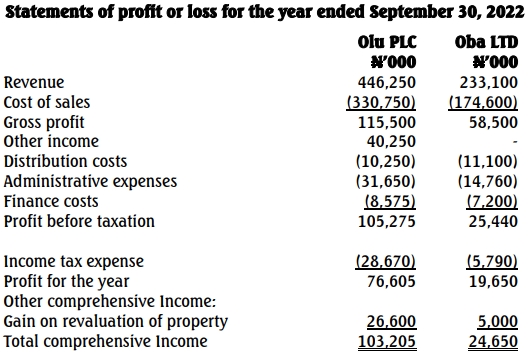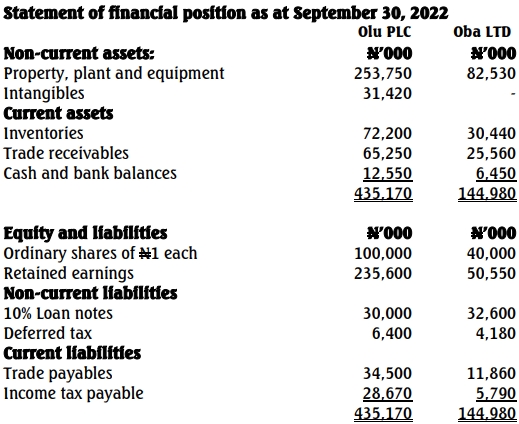- 15 Marks
CR – May 2015 – L3 – Q6 – Ethical Issues in Corporate Reporting
Analyze the financial reporting needs and efficiency challenges of not-for-profit organizations, including asset valuation at cost vs. fair value.
Question
NICE & DICE
NICE & DICE is a large charity located in Abuja and set up to provide support and assistance to disadvantaged people in major cities. Most of the charity’s income comes from members of the public through direct cash collections and regular monthly payments from donors. The other source of funding comes from government bodies who give grants to support specific projects that are recognized as being beneficial to the public good.
The charity publishes a detailed annual report. Performance is described largely in terms of an analysis of income received and the manner in which it has been spent. The trustees are concerned that this type of analysis does not really reflect the performance of the charity. They would like to report performance in terms of the work done rather than in terms of cash inflows and outflows. They want donors to appreciate how efficient the charity is.
The statement of financial position of the charity is a typical one for a large organization. NICE & DICE owns numerous properties in Abuja, some of which have been owned for many years. These are shown at historical cost less depreciation. The trustees do not wish to revalue the properties because this will create the impression that the charity is wealthy and that it does not require further financial support.
Required:
(a) Prepare a report to the trustees of Nice & Dice advising them on the reasons why specialized entities are required to publish detailed information about their activities. (5 Marks)
(b) Analyze the problems of quantifying and reporting the efficiency of not-for-profit organizations such as Nice & Dice. (5 Marks)
(c) Discuss the decision of the trustees to value its properties at cost less depreciation rather than at fair value. (5 Marks)
Find Related Questions by Tags, levels, etc.



